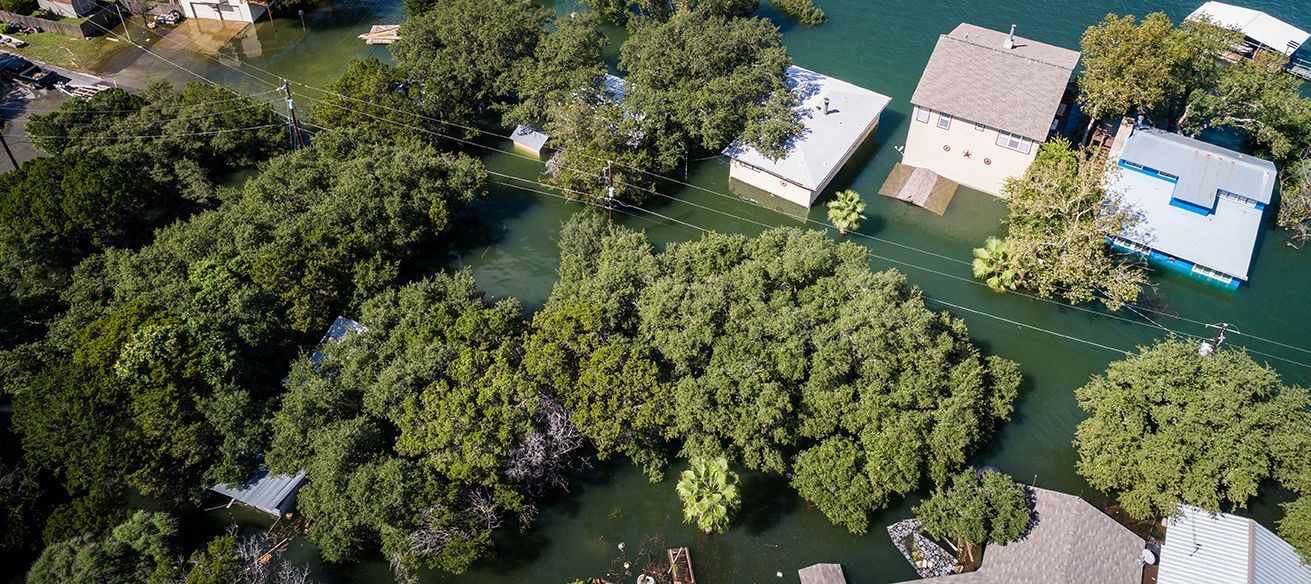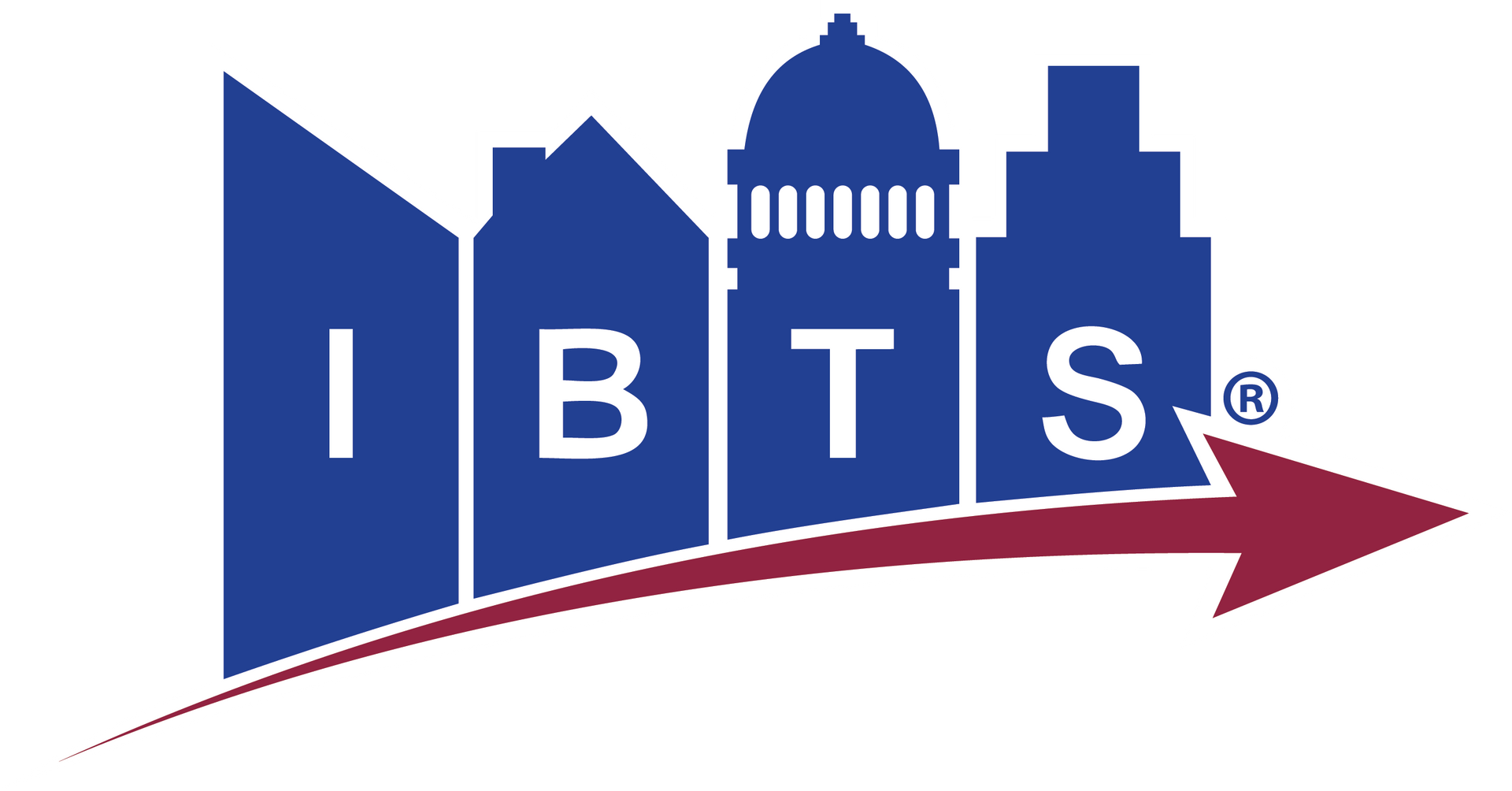Inspeccionando para el éxito: Deficiencias comunes en sistemas fotovoltaicos
Share this article:
Los sistemas fotovoltaicos (PV) solares pueden proporcionar beneficios significativos a los propietarios de viviendas, dueños de propiedades comerciales, y a jurisdicciones porque reducen los costos de energía, contribuyen a la seguridad y fiabilidad energética, reducen la contaminación y promueven la energía limpia. Sin embargo, la instalación incorrecta de sistemas PV solares puede resultar en un mal rendimiento o en peligros graves para la seguridad que opacan estos beneficios.
Para las empresas de energía solar y las jurisdicciones responsables de garantizar la calidad de las instalaciones PV solares, comprender las deficiencias comunes es fundamental para asegurar un rendimiento energético óptimo y para reducir riesgos.

Como el principal proveedor de garantía de calidad solar en los Estados Unidos, IBTS ha recopilado datos extensivamente de miles de instalaciones solares en todo el país a través de nuestro software de Gestión de Calidad de Inspección de Campo (FIT-QM). Sigue leyendo para conocer las deficiencias de instalación más comunes, su impacto en el rendimiento y la seguridad de los sistemas PV solares, y cómo abordarlas y prevenirlas en tus instalaciones.
Problema #1: Etiquetado incorrecto del sistema
El etiquetado adecuado de los sistemas PV es requerido por el código por una buena razón. Un etiquetado incorrecto puede carecer de advertencias adecuadas sobre peligros y crear complicaciones para los técnicos de mantenimiento, así como para los primeros respondedores. Nuestros expertos en calidad solar a menudo encuentran problemas como etiquetas ilegibles o descoloridas, valores incorrectos o advertencias de peligro que faltan. Para evitar estos problemas, proporciona a tus instaladores etiquetas que resistan el entorno y asegúrate de que etiqueten correctamente todos los componentes, evitando unas escritas a mano.
Problema #2: Gestión de cables
Una gestión adecuada de los cables es esencial para garantizar un sistema solar PV seguro, fiable y de alto rendimiento. Sin embargo, nuestros datos muestran que fallos en la gestión de cables ocurren en el 38% de los proyectos PV instalados a nivel nacional. Nuestros expertos frecuentemente encuentran cables colgantes o mal gestionados, soldaduras y terminaciones incorrectas, radios de curvatura excesivos y conectores mal instalados durante las inspecciones, todo lo cual puede comprometer la seguridad y el rendimiento del sistema.
Problema #3: Componentes del sistema y de equilibrio
Componentes como recintos, penetraciones, anclajes de seguridad y conexiones de conductos ayudan a garantizar la fiabilidad y la vida útil de los sistemas PV al apoyar a que sus circuitos estén protegidos del ambiente externo y que los riesgos potenciales de seguridad se reduzcan. Nuestros expertos en calidad citan recintos degradados y conexiones comprometidas como hallazgos comunes, señalando que estos pueden llevar a vulnerabilidades y disminuir el rendimiento, la seguridad y la longevidad del sistema.
Problema #4: Conexión a tierra del sistema y equipos
Una conexión a tierra adecuada es esencial para la seguridad, estabilidad y fiabilidad de los sistemas PV, sin embargo, es común encontrar sistemas que no cumplen con los estándares de conexión a tierra, como aquellos con identificación incorrecta de los conductores, cables desconectados y conexión a tierra de módulos o bastidores. Estos problemas afectan el rendimiento del sistema y pueden poner en riesgo de descarga eléctrica a instaladores, inspectores, contratistas y ocupantes.
Prevención de deficiencias comunes mediante la gestión de la calidad
Además de identificar y abordar estas deficiencias comunes en instalaciones individuales, es crucial comprender y abordar las causas fundamentales que contribuyen a problemas recurrentes. Estas pueden variar, pero pueden incluir una formación, orientación y supervisión insuficiente para los nuevos instaladores; políticas y procesos empresariales inconsistentes; y la falta de evaluaciones de terceros.
Implementar un enfoque estructurado y sistemático de gestión de la puede ayudar a mejorar los procesos en cada etapa, asegurando instalaciones consistentes y correctas que prevengan costosas llamadas de retorno y posibles problemas de responsabilidad. Contáctanos para hablar sobre cómo IBTS puede ayudarte a desarrollar un proceso personalizado para tu empresa.





